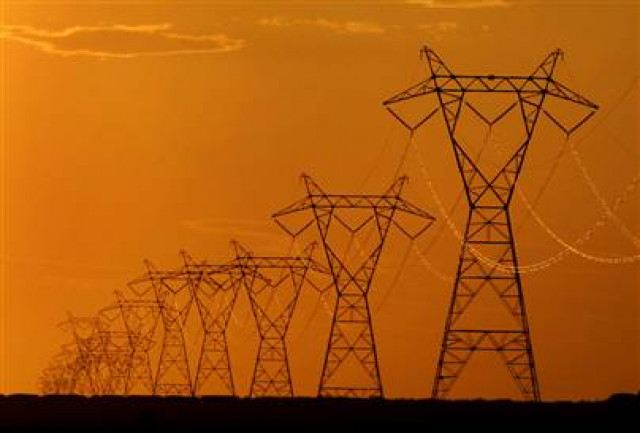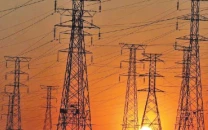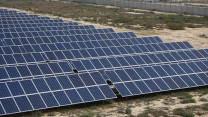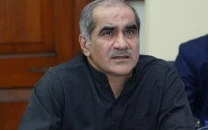Misplaced priorities: Subsidies will only worsen the electricity crisis
Rs750m spent daily on subsidies should be used to ease circular debt.

We need to reduce subsidies given across the board to power consumers, or else we may be headed towards a dead-end in the resolution of the energy sector’s problems. The World Bank (WB), in its recent study on the power sector of Pakistan, has also emphasised the same.
The government, in fiscal year 2011, provided Rs285 billion in subsidies for the power sector. Put simply, this amounts to Rs750 million spent on a daily basis. On average, the government pays at least Rs3 for every kilowatt hour (kwh) used by domestic consumers, in order to bridge the gap between the billed rate and the cost of production of electricity.
According to rough estimates, residential users consume 45% of the country’s electricity and pay an average rate of Rs7/kwh. It is pertinent to mention here that 75% of residential users use less than 300 units of electricity, which is charged at a rate of Rs5.5/kwh, while electricity generation costs more than Rs9/kwh. The differential is covered by the subsidy.
Reportedly, Finance Minister Hafeez Sheikh has also said that 4.2 million lifeline consumers are to be charged only Rs1.87 per unit, while the average determined tariff is Rs9.57 per unit.
Considering our economic conditions, it is not possible for us to allocate such huge amounts for across the board subsidies every year. The mechanism is flawed and benefits only the rich.
The WB, in its report, said “[The] richest of the rich remain the greatest beneficiaries of electricity subsidies in Pakistan.” The study adds that the biggest beneficiaries are the richest 20% of population.
We generate 65% of our electricity from oil and gas, and 35% from hydel generation. Oil prices have increased sharply in recent years. For instance, the price of furnace oil was around Rs21,300 per metric ton in 2007, but by the end of 2011 it touched Rs73,700 per metric ton – an increase of 350%. At the same time, the Pakistan Electric Supply Company (PEPCO) faced problems in collection of utility bills from private and public sector entities; resulting in the piling up of circular debt and, eventually, widespread load shedding.
It is believed that subsidies on the power sector control inflation and benefit the poor. Though it may seem a valid reason, one should understand that subsidies ultimately translate into long hours of load shedding because demand outstrips the revenue generated to sustain supply.
If we reduce subsidies, the power sector can potentially improve. Money available from discontinued subsidies can easily be transferred to oil and gas suppliers. In this way, a smoother flow of finance can be ensured and the circular debt can be eased.
Remember that load shedding is a prime cause of industrial shutdown in Pakistan. If we can reduce load shedding, industry will be revived, jobs will be created, and people will find they have enough resources to pay the higher utility bills.
Consider that, right now, a person may have nothing in his hands (due to a lost job because of industrial shutdown) but must pay Rs1,000 for his utility bill. Then consider that the same person may earn Rs10,000 (due to a functioning industry), with which he could easily pay a Rs2,000 bill. The latter seems a scenario with greater benefits to the individual, even if he has to pay slightly more for using electricity. Hence, an end to electricity subsidies may, in fact, turn out to be for the greater national good.
The writer is an employee of NTDC/PEPCO
Published in The Express Tribune, April 30th, 2012.



















COMMENTS
Comments are moderated and generally will be posted if they are on-topic and not abusive.
For more information, please see our Comments FAQ